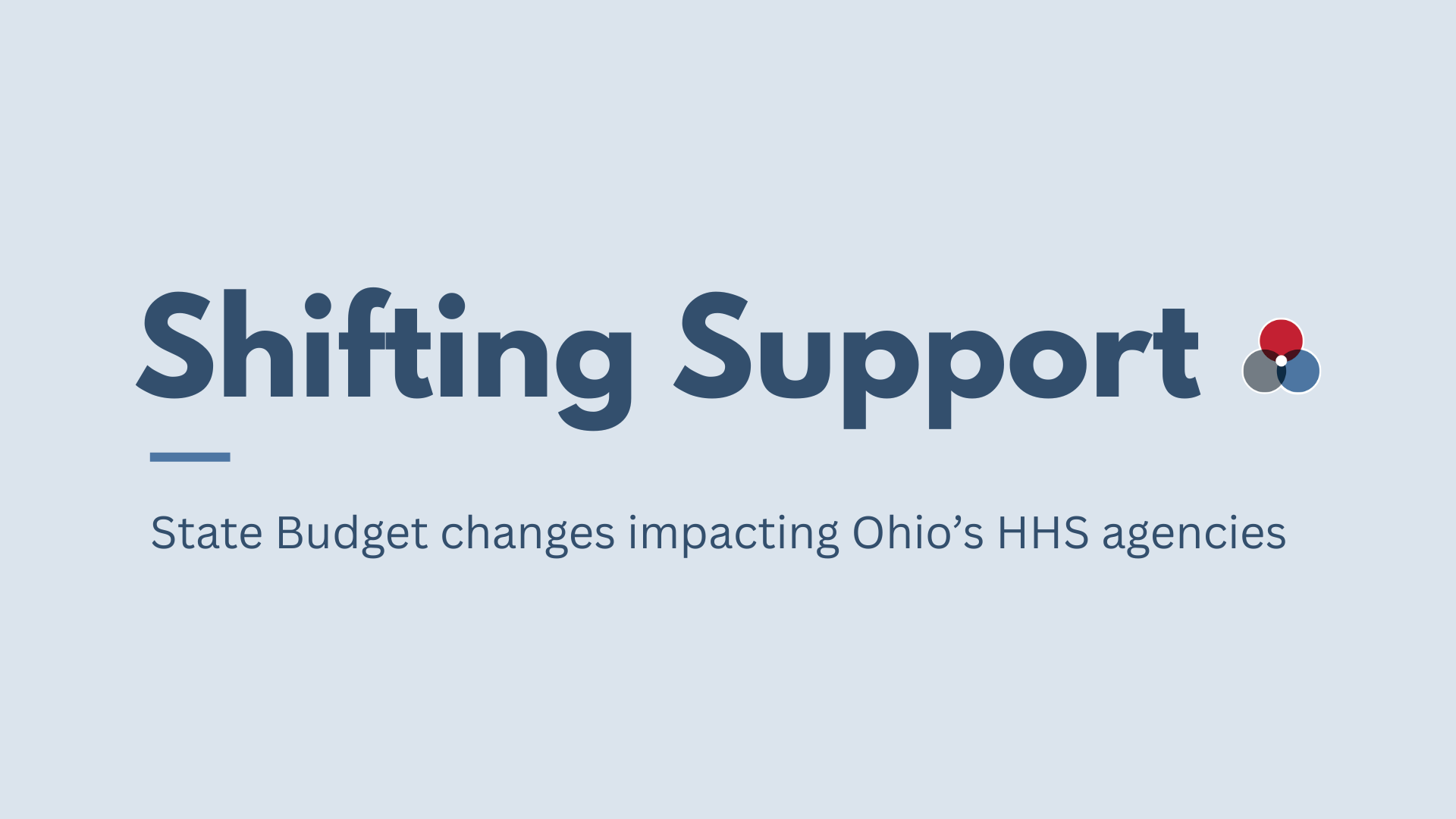Ending Welfare As We Knew It
John R. Corlett, President and Executive DirectorandRose Frech, former Research Fellow
August 18, 2016
August 22nd will mark the 20th anniversary of the passage of the Personal Responsibility and Work Opportunity Reconciliation Act (PRWORA) in 1996. When the law was passed by Congress and signed by then‐President Bill Clinton, I was the relatively new director of government relations for The Centers for Families and Children. It was while working on influencing the state’s implementation of legislation that I really cut my advocacy chops and began to learn how state government worked. I joined the then Federation for Community Planning in 1999 as the Director of Public Policy and Advocacy and worked on welfare related policy issues until I became State Medicaid Director under former Governor Ted Strickland in 2007.During this time, I had the opportunity to work with and learn from some of the most passionate and intelligent human service advocates in the country. Many had worked on these issues for well over two decades. Some helped create a statewide “pro‐welfare” coalition called Have a Heart Ohio (HAHO) which urged then‐Governor Richard Celeste to raise the monthly cash assistance check that recipients received. Although hard to believe now, there were nearly 700,000 Ohioans receiving “welfare” or Aid to Families with Dependent Children (AFDC) in 1984. The then Federation for Community Planning (now The Center for Community Solutions) was at the center of many of these issues, having worked on welfare‐related issues since its founding in 1913.While passage of the law represented a fundamental shift in welfare policy, ending the entitlement of poor families and children to aid, welfare reform had heated up in Ohio a year earlier with the passage of Ohio House Bill 167. That legislation, championed by then‐Governor George Voinovich and former State Representative Joan Lawrence, was labeled “Ohio First,” and it placed a much greater emphasis on employment and tried to reduce the benefit cliff that exiting families faced through the use of earned income disregards. Time Magazine called Ohio’s welfare reforms “among the most intelligent in the country.”My former colleague Rose Frech and I talked to several Ohioans who were closely involved in the Ohio welfare reform debate. We wanted to find out whether they felt the law was working as intended and whether any new policy changes were warranted. Most of them are still intimately involved in many of the same policy issues at the state and national level. There were many others that we would have liked to talk to but were unable to for one reason or another.








